Types of Storms Facts for Kids – Which Storm is Most Dangerous
A storm is nature’s way of telling us that strong weather is around the corner. This article will explain what a storm is, followed by explanations of different kinds of storms. We will talk about how long they last, their powers, and how they happen.
Let’s look more closely at storms!
What is a Storm?
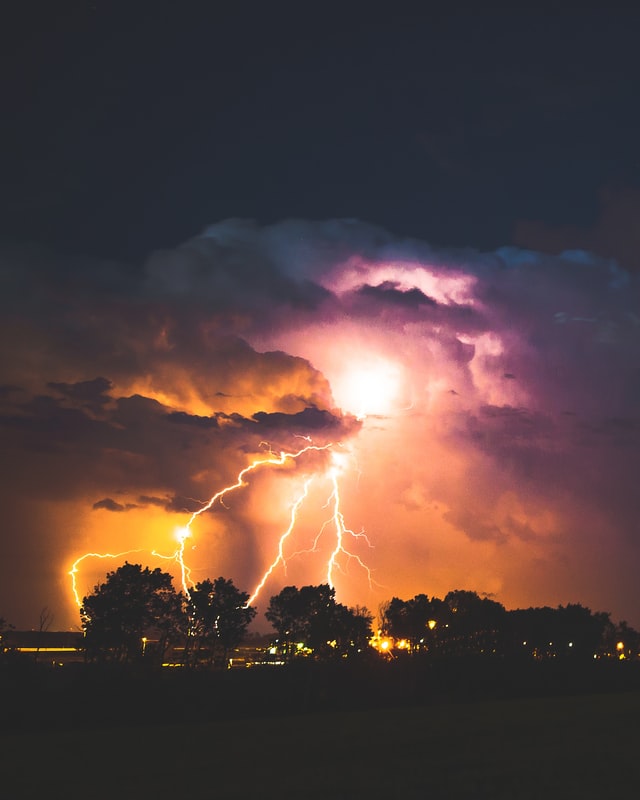
A storm occurs when the environment in a particular area is disturbed. It usually means extreme weather condition is going to come. A storm generally occurs with a series of intense weather conditions, like heavy wind, thunder, lightning, heavy rainfall, or hail. In some cases, a storm could also show up in the form of a blizzard, snow, and dust.
It is important to note that there are many different types of storms. We will look at them in detail.
Types of Storms
Thunderstorm
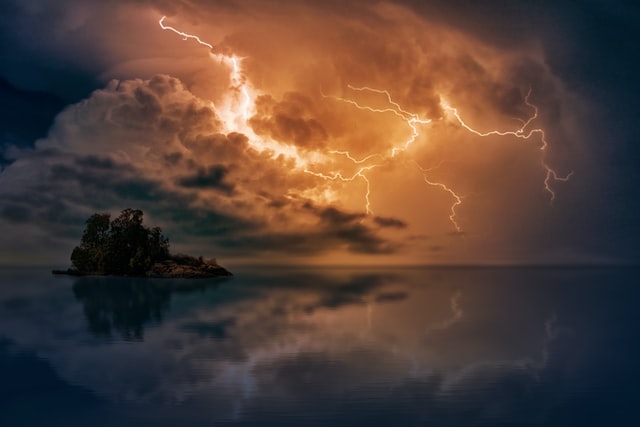
A thunderstorm is possibly one of the most common types of storms that nearly everyone has experienced. Thunder is a sound that lightning causes, and it has different sounds. Rising air create lighting in the sky. When lightning causes pressure and the temperature in the clouds gets higher, the air surrounding a lightning bolt expands, thus causing us to hear the sound of thunder. Thunderstorms also come with heavy rainfall, and at times, even hail, sleet, or snow.
Thunderstorms need three essential elements to form: moisture, moist air, unstable rising air, and something that helps lift it.
It’s important to remember that the moist air generally comes from the ocean or large bodies of water. On the other hand, the unstable air begins to form when the warm air near the ground and the cold air near the clouds come together through the lifting process. The unstable air needs to move upwards; this happens when the warm air moves upwards and creates a storm. As the warm air continues to get higher into the clouds, the storm cloud that it forms grows.
Thunderstorms can happen anywhere, but they typically occur in tropical places where warm and cold air collide, and they can last anywhere from thirty minutes to one hour.
Tropical Storm
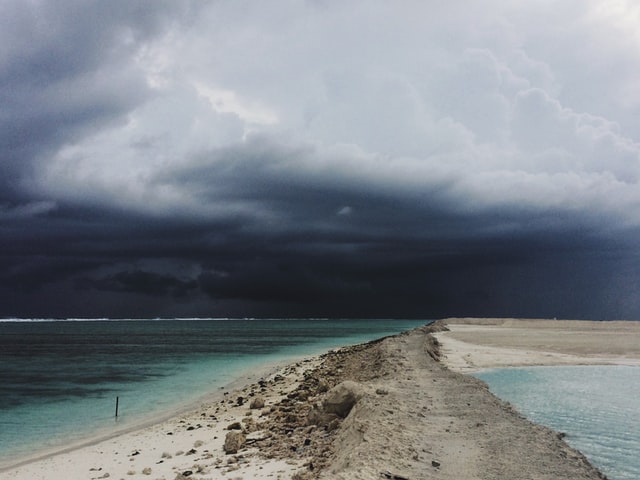
Tropical storms occur when low-pressure wind grows over tropical oceans in warm regions. Ocean storm typically take place in basins in the ocean. They are characterized by giant gusts of moist, revolving air and heavy rainfall. The average tropical storm can last anywhere from 12 to 24 hours. Studies have shown that most tropical storms and tropical cyclones typically occur in the Pacific Ocean. They also happen in the Indian Ocean and the Atlantic Ocean.
Lightning
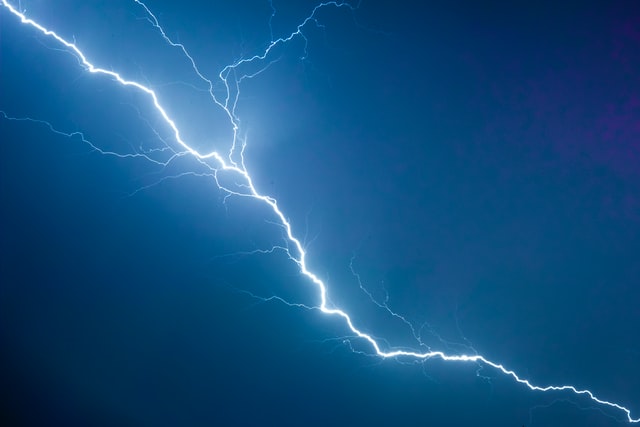
Lightning storms are another type of natural phenomenon that occurs when an electric current flows between two regions that are charged electrically. The two regions could both be in the atmosphere, or one of them could be on the ground and the other in the air. The two electrically charged areas neutralize themselves and, in the process, release a gigajoule of energy. The gigajoule, in turn, has the power to emit electromagnetic radiation and light that we see in the form of lightning. Lightning also causes thunder. Since lightning typically appears during a thunderstorm, it doesn’t appear as a storm on its own. It can last for anywhere from 0.2 seconds to 60 or 70 seconds.
Ice Storm
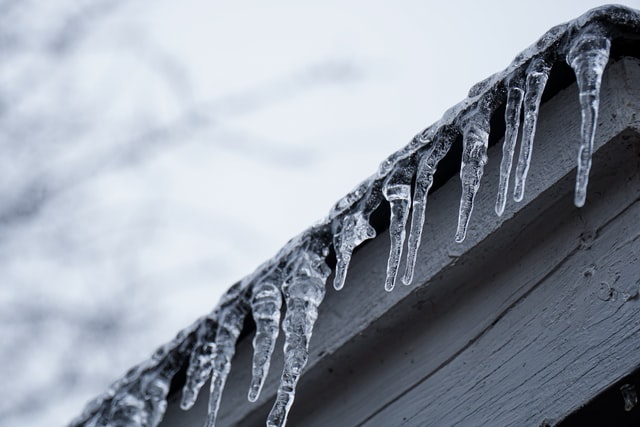
Contrary to popular belief, an ice storm does not consist of chunks of ice falling from the sky! However, it is a type of winter storm where freezing rain falls. Unlike the combination of rain with snow, freezing rain is made of water in its liquid state. This freezing rain becomes frozen only after passing through a layer of sub-freezing air. It’s important to note that this layer of air is several hundred meters above the earth’s surface. The rain freezes when it makes contact with any surface on earth, such as asphalt, cars, or electrical wires.
Ice storms typically form only when the air’s temperature is either above freezing or just at freezing, usually between 32 and 38 degrees. Ice storms can cause a lot of damage as they cover roads and sidewalks with a smooth layer of ice, making them dangerous to walk or drive on. Additionally, the weight of the ice layer coating trees can often cause branches to fall, thus injuring unsuspecting people walking or standing below. Ice storms can last anywhere from a few hours to more than a week, depending on their severity. They typically occur in the United States of America and Canada.
Hurricane
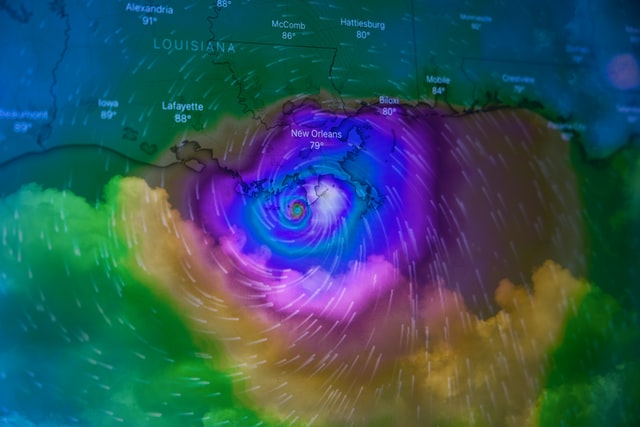
Hurricanes are also known as tropical cyclones and are some of nature’s most destructive storms. These types of storms consist of strong and heavy wind, heavy rain, and surge flooding. Depending on the nature of a hurricane, they could lead to tornadoes and inland flooding. Hurricanes form over warm water. They contain water vapor. They usually begin as a thunderstorm, but as the thunderstorms become stronger, the storm’s winds take on a circular motion. As the wind gets stronger and starts to rotate, they lead to what’s commonly known as the “eye of the hurricane” and spread over a wide area of the ocean.
A hurricane can last for more than a week at a time, depending on the temperature of the atmosphere surrounding it. They typically occur in the Pacific Ocean, the Indian Ocean, and the Atlantic Ocean.
Hail Storm
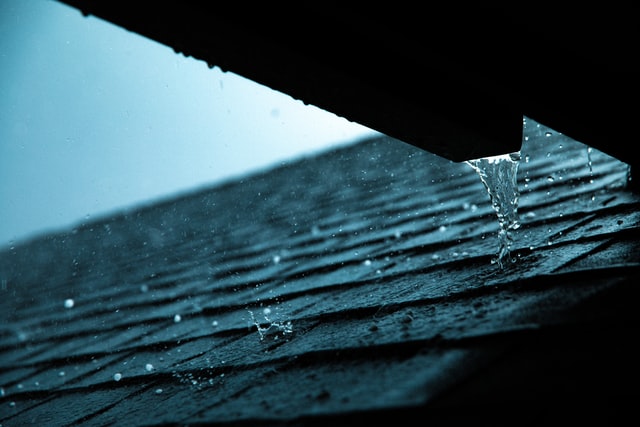
Hail is a form of solid rain. While many might confuse hail with sleet, one must remember that hail is simply a form of solid rain or precipitation, while sleet is made up of tiny balls of ice, hail is formed when water droplets freeze together. It’s important to note that hail forms in the higher regions of the thunderstorm clouds.
Hailstorms typically occur in certain parts of the United States, such as Wyoming, Nebraska, and Colorado. Unlike thunderstorms, hailstorms usually last for five to 15 minutes.
Snow Storm
To put it simply, a snowstorm occurs when vast amounts of snow falls on the ground. While snowing is common in many parts of the world, a snowstorm is characterized by the amount of snow that falls; it must be enough to cause a disruption in daily life.
Snow forms when the atmosphere’s temperature is either below freezing or at it. There should be enough moisture in the air to form ice crystals. When these ice crystals stick together, they become snowflakes, and when they get heavy enough, they fall to the ground. The amount of time that a snowstorm lasts depends on the existing weather conditions. For example, the amount of wind present determines whether a snowstorm remains as such or develops into a blizzard. When a snowstorm turns into a blizzard, it could last for anywhere between three hours to a day or more. Snowstorms can be pretty destructive as they have the power to cut off electricity and water supplies.
Tornado
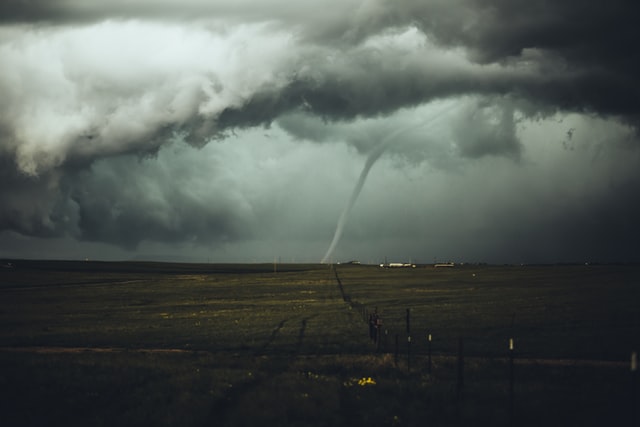
Tornadoes are some of the most intense and frightening storms that nature has seen! A tornado is simply a column of air that is rotating rapidly. It is always in contact with both the surface of the earth and the cumulonimbus cloud, which is where it originates from. Just like many other types of storms, a tornado occurs when cold and dry air interacts and collides with warm and humid air.
Since the cold air is much denser than the warm type air, it gets pushed over the warm air. Then, the air begins to rise, and an updraft is formed. While this pattern of wind collision typically causes a thunderstorm, a tornado develops when the winds change direction or speed, thus causing the column of air to rotate more rapidly.
You can check out our experiment article on How to make Tornado In A Bottle.
Tornadoes can last for only a few seconds to more than a few hours. They have the power to destroy buildings and cars, trees, billboards, and various other constructions.
Floods
A flood occurs when water overflows on land and submerges it for a significant amount of time. Flooding typically occurs after a period of heavy rainfall, but it can also take place due to the effects of climate change. Since the earth is getting hotter, water bodies are growing larger and deeper, thus causing the water to spill onto land and causing mass casualties and destruction. The amount of time that a flood lasts truly depends on the amount of water flooding a particular area and the event that caused the flood to happen. For instance, if there were several hours or days of heavy rainfall, it is likely that a flood could last for a few days. However, a flood could also be temporary, and the accumulated water could dry within a few hours. If a city’s infrastructure is poor, and there aren’t enough channels to drain water, a flood could last for longer than necessary.
Derecho
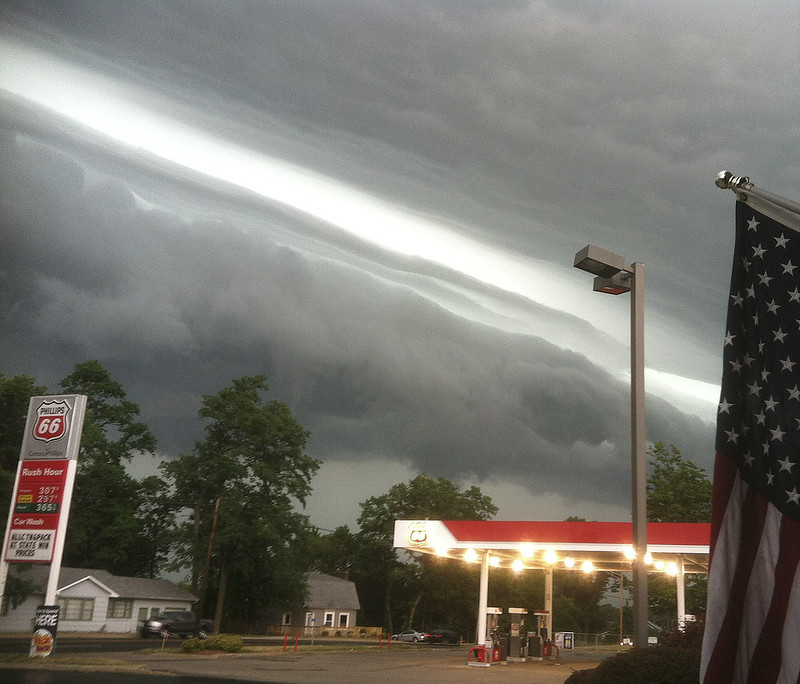
A derecho is a type of wind storm that is widespread and in a straight line. These types of storms are typically associated with the mesoscale convective system; they are a group of thunderstorms.
Derechos are some of the more severe types of storms out there, as they can cause flash floods, rainfall, and tornadoes. They are fast-moving and intense and tend to remain active for many days at a time. Derechos generally take place during the warmer months of the year in the United States, between June and August. However, it’s important to note that they can take place at any time during the year, and they must be taken seriously. These types of storms can severely injure outdoor sports enthusiasts, plane passengers, and people whose homes aren’t firmly secured to the ground.
Derechos can last for at least five to six hours at a time.
Blizzard
A blizzard is a type of snowstorm that is more severe and dangerous than regular snowstorms. They typically form when warm air rises over cold air and causes precipitation. However, as the winds get heavier and stronger, a blizzard emerges from a snowstorm.
Blizzards usually last for more than three hours at a time.
Dust storm
Dust storms typically occur in dry regions, when a strong gust of wind blows dust or sand from one place to another. They usually last for any amount of time within an hour. Dust storms have the power to move large quantities of sand from one area to another.
Squall
A squall occurs when the wind picks up speed, and they generally accompany thunderstorms or snowstorms. The average squall can last anywhere from one minute to several hours. While squalls can happen on their own, they are often associated with strong weather conditions, such as active rain or snow.
Wind storm
A wind storm typically refers to a type of wind that has the power to cause significant amounts of damage to structures like buildings and houses, as well as trees. Depending on other factors, a wind storm might accompany the rain, but this is not necessary. The speed at which wind is blowing has an effect on the type of damage produced. The types of wind seen during a wind storm could either be short and intense gusts of wind or more extended pockets of time with the more sustained wind. The average wind storm can last anywhere from a few minutes to a few hours, depending on other preexisting weather conditions.
Conclusion
In this article, we took you through a series of explanations about various kinds of storms. While all of these storms have varied characteristics, one of their most important and notable features is that they all have strong winds in common! If you’re ever stuck trying to remember the different characteristics of a storm, remember that the collision of warm and cold air often causes a strong atmospheric reaction to occur, and as a result, a storm forms! Storms are some of nature’s most exciting and devastating phenomena that take place, and it’s important to know all about them.
